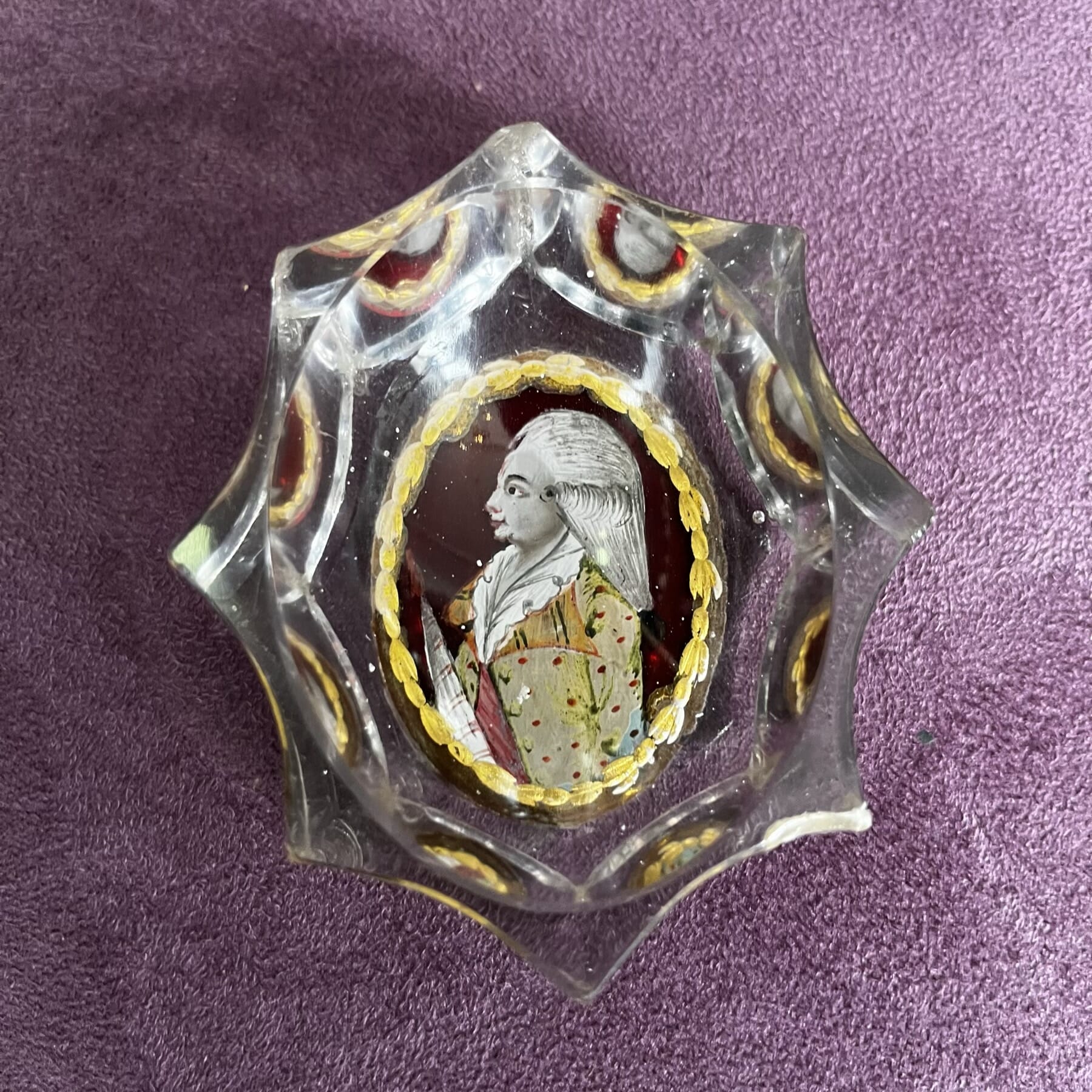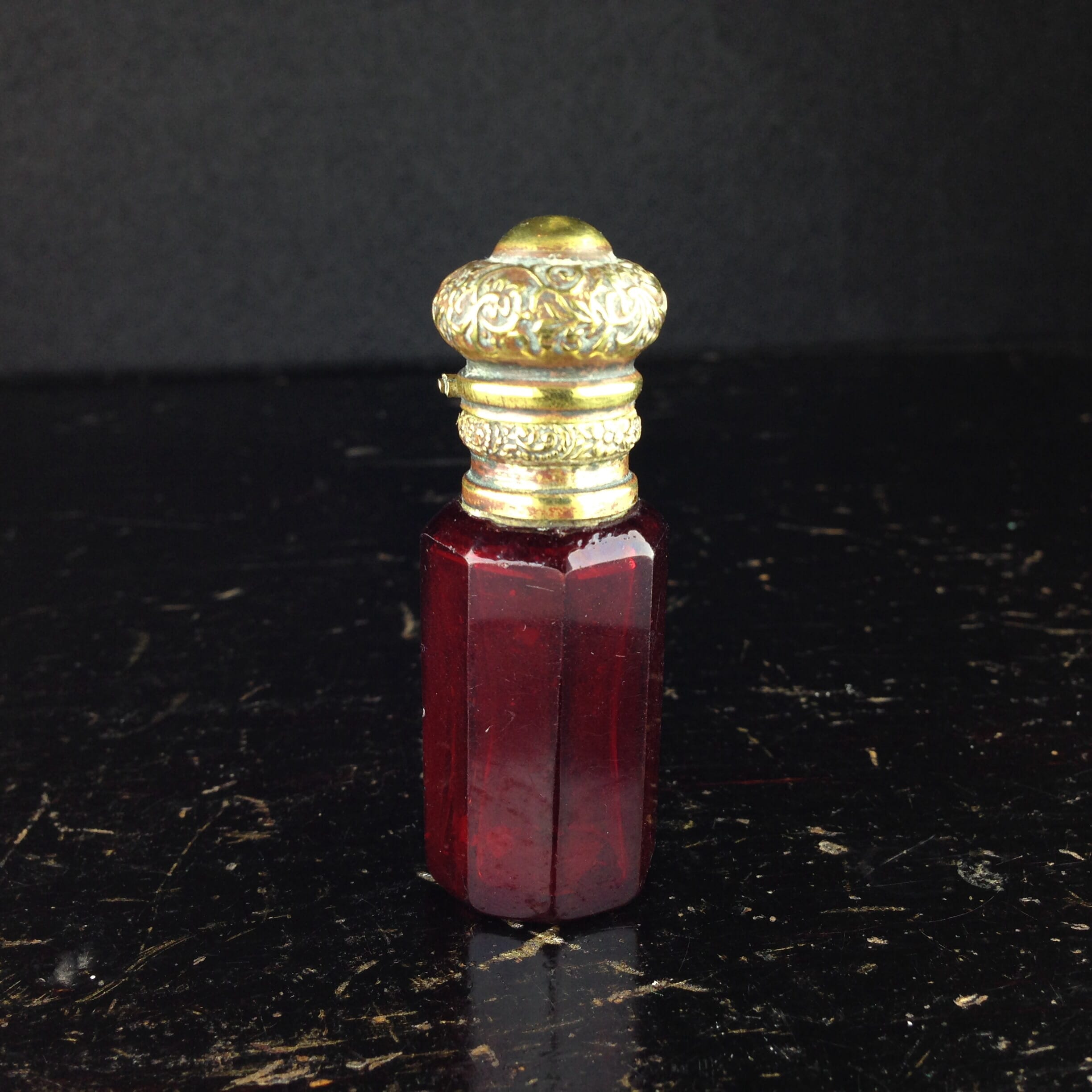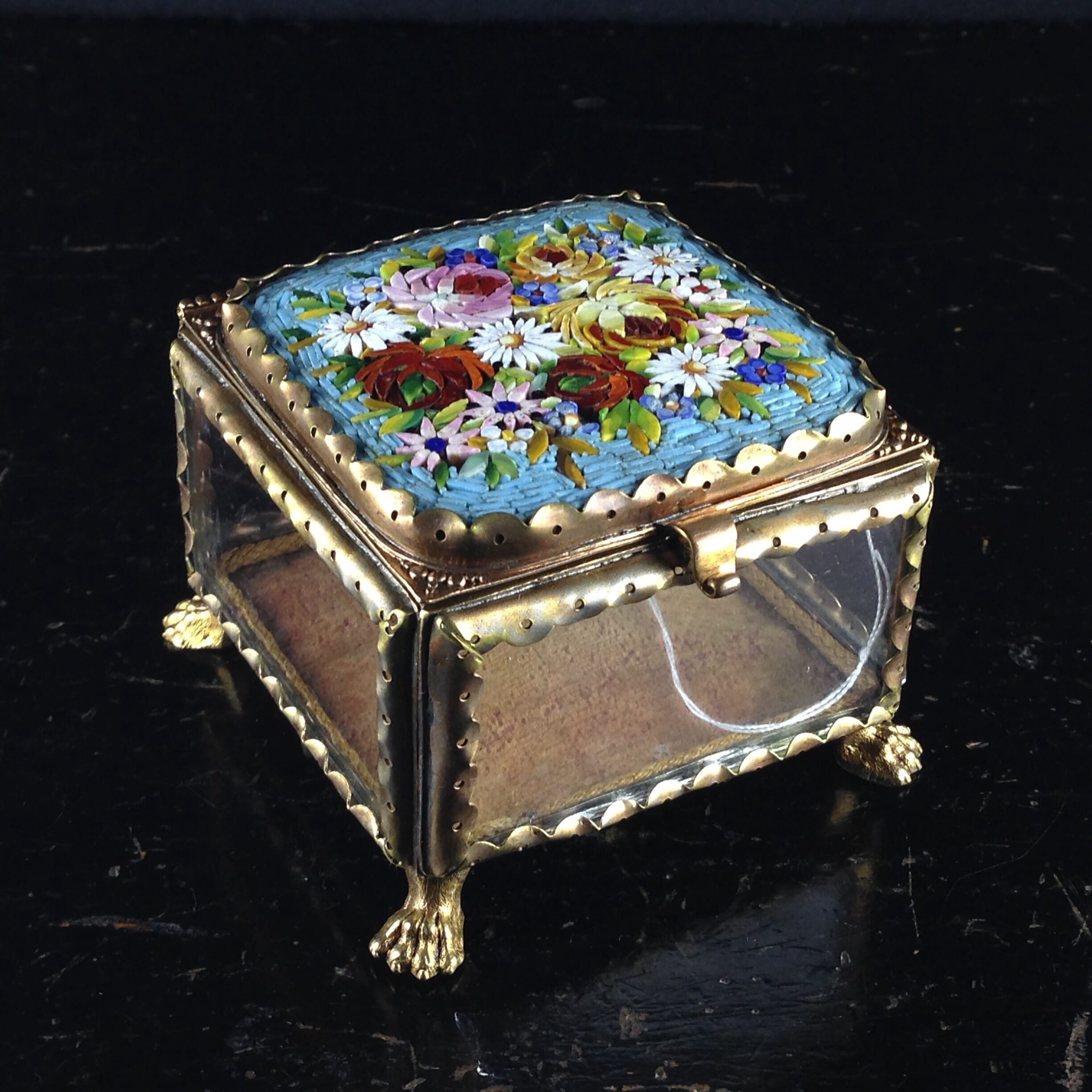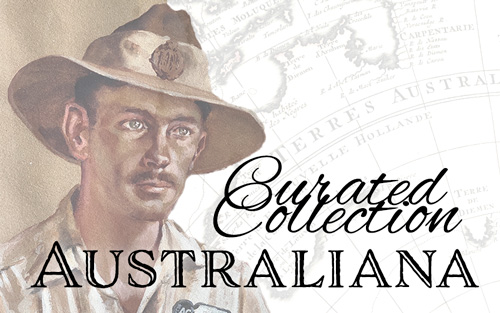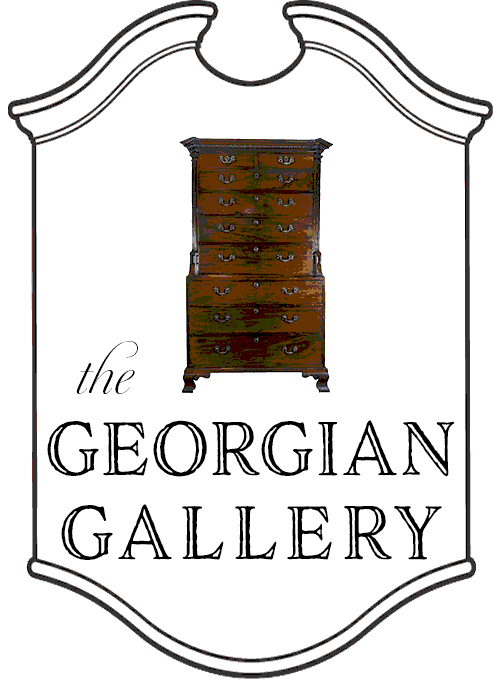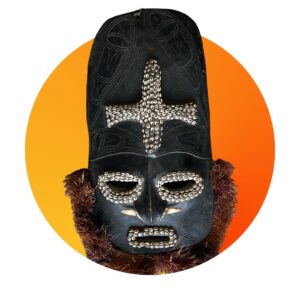Murano Salviati Centrepiece, copper aventurine with 3-dolphin stem, late 19th C
$1,950.00 AUD
Stunning large Copper Aventurine Murano glass centrepiece, by Salviati & Co, Muran, Venice,
the bowl with scalloped rim and lobed walls, set on a stem applied with three clear glass dolphin sculptures with gold inclusions and yellow/black eyes, the wide foot plain.
Unmarked,
late 19th century
Condition: extremely good condition,
avventurina, or ‘Golden Aventurine’ glass imitates the semi-precious stone of the same name. It was developed in Venice, with legend of glass-making monks accidentally putting copper shavings into molten glass; however, an early 17th century date is now considered the first production of this glass type.
It involves a mixture of copper, iron, and tin oxides, introduced into the glass mixture, which is then fired in a reducing low-oxygen kiln, causing them to form compact crystalline clumps which reflect the light in their unique manner. The new glass structure with the glitter effect is not stable and would deteriorate rapidly in the air, but a method of enclosing it in a layer of clear glass ensures it is preserved.The quality of this centrepiece suggests the work of a master glassmaker such as Benvenuto Barovier. Coming from generations of glass blowers, he (along with his siblings) was employed by the Salviati firm in 1866, and took over the firm in 1883.
Antonio Salviati (1816-1890) was an Italian lawyer and businessman, founder of a high-class Venetian glass factory, responsible for the revival of the Venetian glass industry in the 19th century. This involved examining the pieces in collections from the Renaissance master glass makers, and re-inventing the techniques such as zanfirico, millefiori, and the structural sculptural form seen in the dolphin supports.
In 1866 he formed a partnership with Englishman Austen Henry Layard (the archaeologist who discovered Nineveh) and they formed the company ‘Società Salviati e Compagni’. The Salviati company won several important commissions, such as the mosaics for the back of the high altar in Westminster Abbey (1867), the ceiling of the Albert Memorial Chapel in Windsor Castle and the Palatine Chapel in Aachen (1870-1875).
In 1876 Salviati separated from his English partners and founded a new company which produced this ornamental and table glassware in a dramatic ‘Renaissance’ style, as well as replicas of ancient Roman glass. The Salviati company was represented in all the ‘Universal Exhibitions’ so popular at the end of the 19th century.
| Condition | |
|---|---|
| Size | |
| References |
In stock

